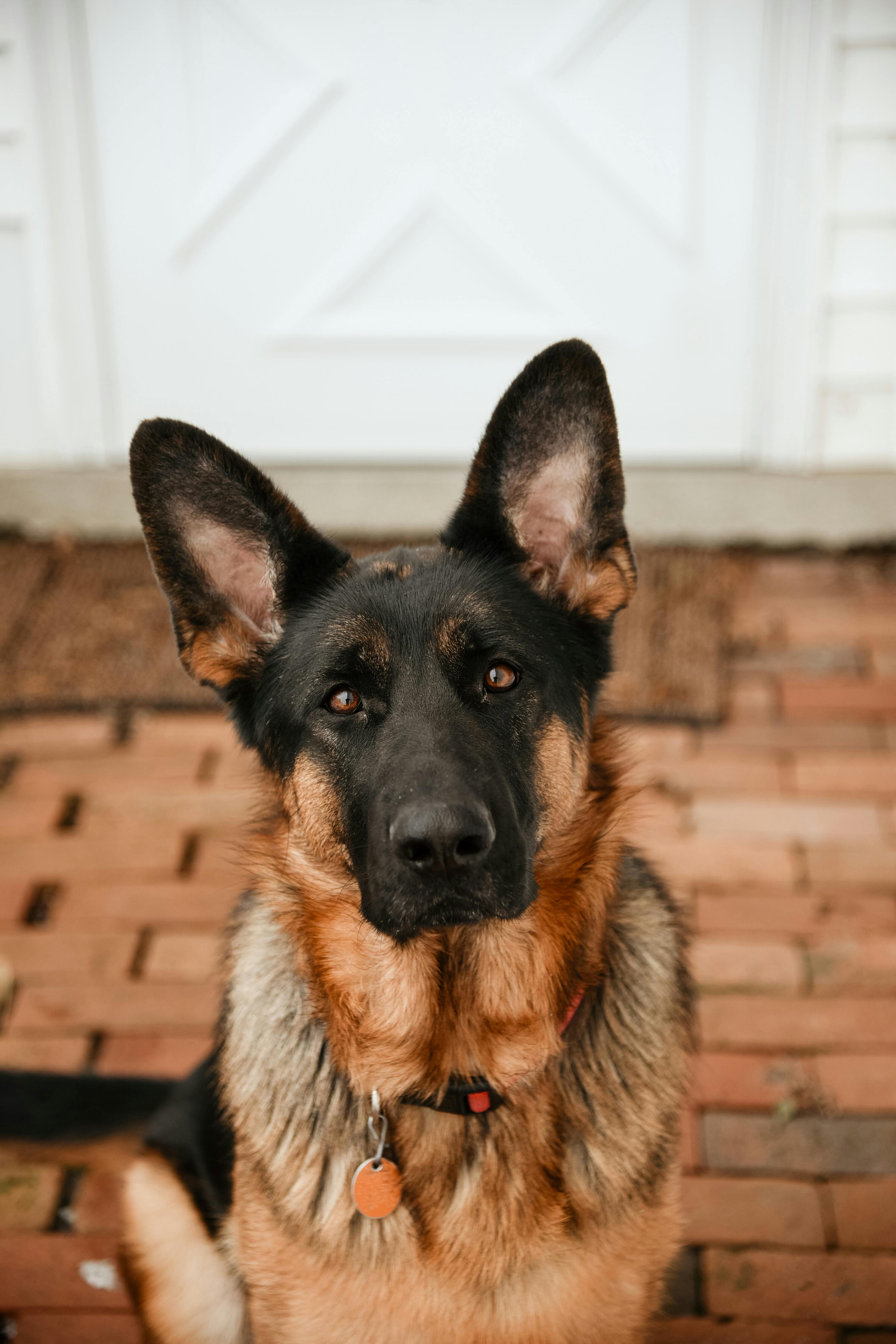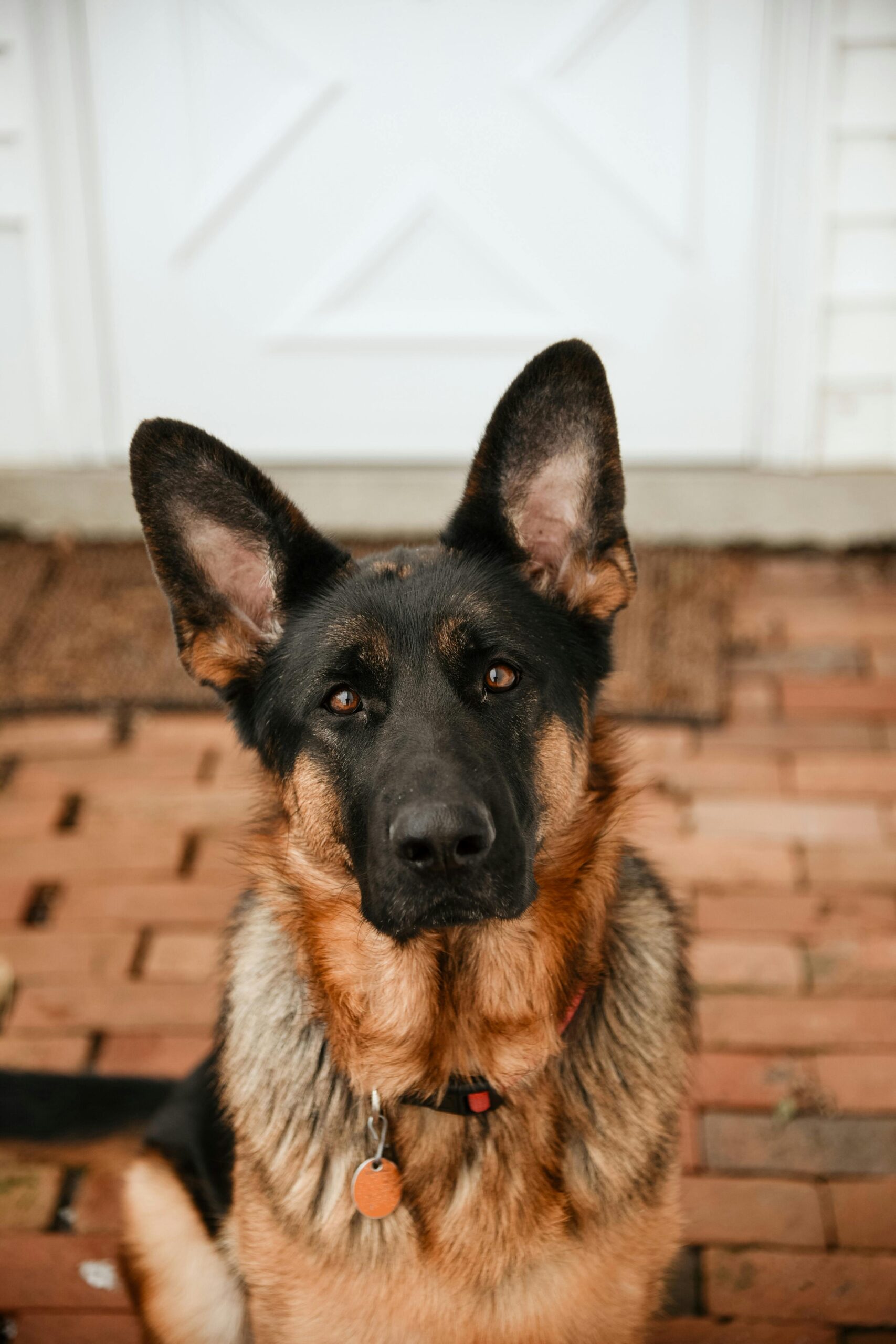Pet Car Door Protector: The Ultimate Guide to Keeping Your Vehicle Safe
If you’re a pet owner who loves to take your furry friend on car rides, you know that pets can sometimes cause damage to your car. Whether it’s scratching up the door panels or leaving muddy paw prints, pets can make a mess of your vehicle. This is where a pet car door protector comes in. In this comprehensive guide, we’ll discuss how this simple but effective accessory can protect your car, prevent damage, and keep it looking new. You’ll also learn installation tips, advanced techniques, and the latest trends in pet car protection.

Understanding the Fundamentals of Pet Car Door Protectors
A pet car door protector is designed to shield your vehicle’s door panels from the wear and tear caused by pets. These protectors are typically made from durable materials that can withstand scratches, dirt, and moisture. They help preserve the aesthetic and resale value of your car by acting as a barrier between your pet’s claws and the vehicle’s surface.
Car protection accessories like pet door protectors have become essential for pet owners who frequently travel with their pets. With more people opting for road trips with pets, the demand for these products has surged, making them a must-have in the pet accessory market.
1.1 Benefits of a Pet Car Door Protector
Pet car door protectors serve multiple purposes. Firstly, they protect the door panels from scratches caused by your pet’s claws when they jump in or out of the car. Secondly, they can catch dirt, mud, and moisture, which are common when pets are outdoors. Finally, they help prevent pet hair from sticking to the interior surfaces of your vehicle.
Recent surveys show that nearly 40% of pet owners consider vehicle protection a top priority when traveling with their pets. A pet car door protector can save you the cost of frequent detailing or repairs caused by damage from your pet.
1.2 Materials Used in Pet Car Door Protectors
Pet car door protectors come in various materials, each offering different levels of protection. Some common materials include:
- Durable Fabric: Water-resistant fabrics can shield against dirt and moisture.
- Leather: Leather protectors are elegant and provide a luxurious look while being easy to clean.
- Rubberized Coating: Rubber provides excellent protection against scratches and is easy to wipe clean.
Choosing the right material depends on the specific needs of your vehicle and pet. For instance, if you travel in muddy conditions, a waterproof option may be best, whereas leather may suit those looking for an upscale look.
Practical Implementation Guide: How to Use Pet Car Door Protectors
Now that you understand the fundamentals of pet car door protectors, it’s time to explore how to implement them in your vehicle. With a few simple steps, you can easily install a protector and start protecting your car doors from pet-related damage.

2.1 Actionable Steps for Installation
- Step 1: Clean your car doors thoroughly. Wipe down the surface to ensure there’s no dirt or grease, as this can interfere with the adhesive.
- Step 2: Measure the door panels where you intend to attach the protector. Ensure it fits the size and shape of your car’s doors.
- Step 3: Attach the pet door protector using adhesive or Velcro strips, depending on the product. Ensure it’s securely fastened to prevent shifting.
After installation, test the fit by gently pressing the protector against the door to see if it stays in place. You should have a snug fit to ensure maximum protection.
2.2 Overcoming Common Challenges
Installing a pet car door protector can be straightforward, but there are a few common challenges pet owners face:
- Misalignment: Ensure that the protector is properly aligned with the door. Misalignment can reduce its effectiveness.
- Adhesive Issues: If the adhesive doesn’t stick well, try cleaning the surface again or using a different type of adhesive.
- Pet Resistance: Some pets may try to chew or scratch the protector. Make sure the material is durable enough to withstand such behavior.
By following these steps, you can quickly overcome these challenges and enjoy the benefits of a well-protected vehicle.
Advanced Applications: Going Beyond Basic Protection
If you’ve already mastered the basic use of a pet car door protector, you may want to explore more advanced techniques for enhancing your car’s protection. These methods can help extend the life of your car door protector and provide even more security for your vehicle.

3.1 Using Multiple Layers for Maximum Protection
One advanced technique is using multiple layers of protectors for areas with higher wear, such as the front and rear door panels. By layering protectors, you can create a more robust defense against scratches and dirt.
For example, a thin, soft layer of fabric can be placed underneath a thicker rubberized layer for better impact resistance. This layered approach ensures that your car is well-protected in all conditions.
3.2 Integrating Protectors with Other Accessories
For those looking for comprehensive car protection, consider integrating pet door protectors with other accessories like car seat covers or pet barrier nets. This integration can prevent your pet from scratching up not just the doors but also other areas of the vehicle.
When selecting additional accessories, look for products that complement your pet door protector in terms of material and function to avoid compatibility issues.
Future Outlook for Pet Car Protection
As the pet care industry continues to grow, so too does the demand for innovative car protection solutions. In the coming years, we can expect more advanced materials and designs for pet car door protectors, possibly incorporating features like self-cleaning surfaces or eco-friendly materials.
By staying informed about emerging trends, pet owners can make smart decisions about which products will offer the best protection for their vehicles and their pets.
Conclusion
In conclusion, pet car door protectors are essential for maintaining the integrity of your vehicle when traveling with pets. They offer valuable protection against scratches, dirt, and moisture, helping to preserve your car’s appearance and functionality. With proper installation and a few advanced techniques, your car can stay in pristine condition for years to come.
If you’re ready to protect your vehicle from pet-related damage, it’s time to invest in a high-quality pet car door protector. Explore the variety of options available, and choose the one that best suits your needs and lifestyle.
Frequently Asked Questions
- Q: What is a pet car door protector? A pet car door protector is an accessory designed to shield your vehicle’s doors from damage caused by pets. It helps prevent scratches, dirt, and moisture.
- Q: How do I install a pet car door protector? Clean the door panels, measure the protector, and securely attach it using adhesive or Velcro strips.
- Q: How long does it take to install a pet car door protector? Installation typically takes about 10-15 minutes, depending on the complexity of the product.
- Q: Are pet car door protectors expensive? Prices vary, but most protectors range from $20 to $50, depending on the material and brand.
- Q: How do pet car door protectors compare to other vehicle protection methods? Pet car door protectors are more affordable and specifically designed for pet-related damage, unlike general car door guards.
- Q: Do I need to remove the protector for cleaning? Most protectors are easy to wipe clean, but some may require occasional removal for thorough cleaning.
- Q: Can I use a pet car door protector on all vehicle types? Yes, most pet car door protectors are universal and fit a wide range of car models.
